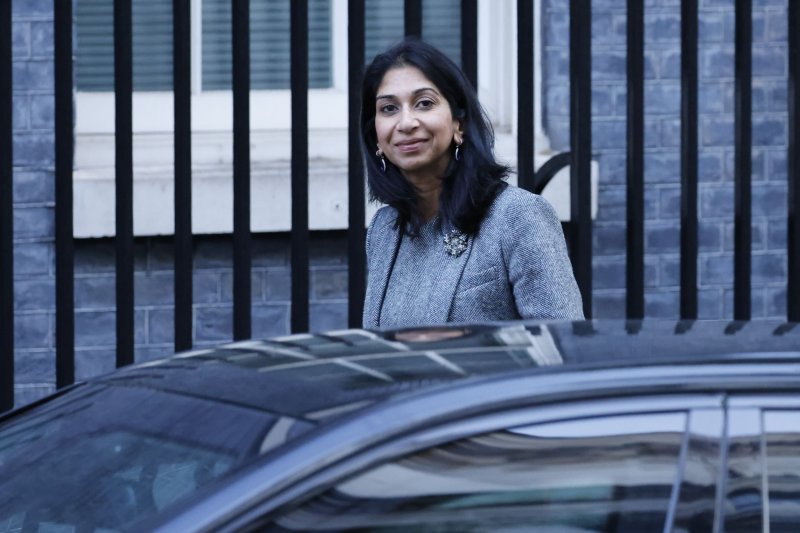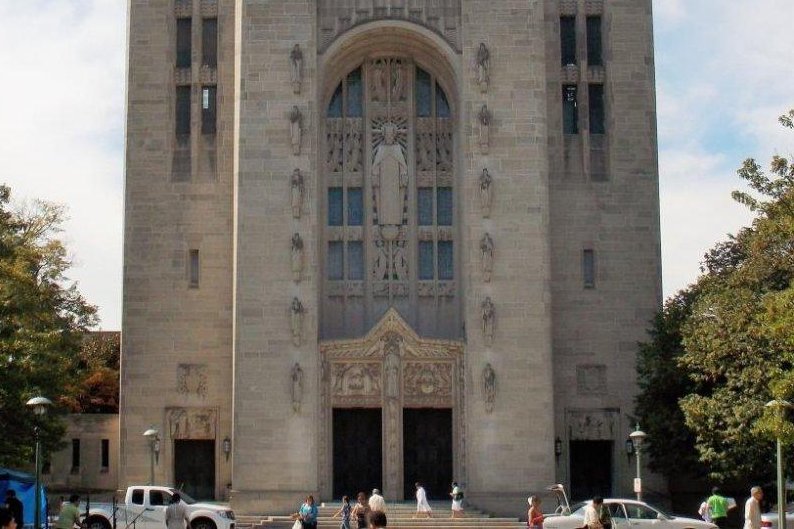
Conspiracy theories have become more prevalent than ever (and especially in the political realm, pictured). And researchers now say combatting conspiracies with factual evidence is largely ineffective in quashing conspiracy beliefs. File Photo by Kevin Dietsch/UPI | License Photo
April 5 (UPI) -- Conspiracy theories have become more prevalent than ever, and according to researchers, combatting conspiracies with factual evidence is largely ineffective in quashing conspiracy beliefs.
Researchers from University College Cork studied the effectiveness of several intervention methods, including presenting rational arguments, and found most methods do not work once conspiracies take hold.
The findings were published in the peer-reviewed journal PLOS One.
Conspiracy beliefs were described in the study as beliefs that "explain important events as secret plots by powerful and malevolent groups." Examples included conspiracies about the 1969 moon landing being fake and recent conspiracies that created fear over the COVID-19 vaccine.
"While the intuitive solution to countering unfounded conspiracy beliefs is to present facts and arguments that contradict the conspiracy explanation, our review indicates that this approach is among the least effective," Cian O'Mahony, lead researcher from the UCC School of Applied Psychology, said in a statement.
The most effective approach was to arm subjects with critical thinking skills before they were exposed to conspiracy beliefs. This method, referred to as "conspiracy inoculation," involved a three-month course on the differences between scientific evidence and pseudoscience.
In all, only about half of all approaches yielded any positive results. Presenting arguments that attempted to appeal to a person's empathy showed slight success. Ridiculing a conspiracy theorists' beliefs similarly made a small impact.
"Our analysis highlights that fostering analytical mindsets and explicitly teaching critical thinking skills is a more promising method for challenging conspiracy beliefs," O'Mahony added. "While there is no currently silver bullet that can completely mitigate misinformation spread by conspiracy beliefs, our review highlights some promising trends for future research."









.png)
.png)


.png)






